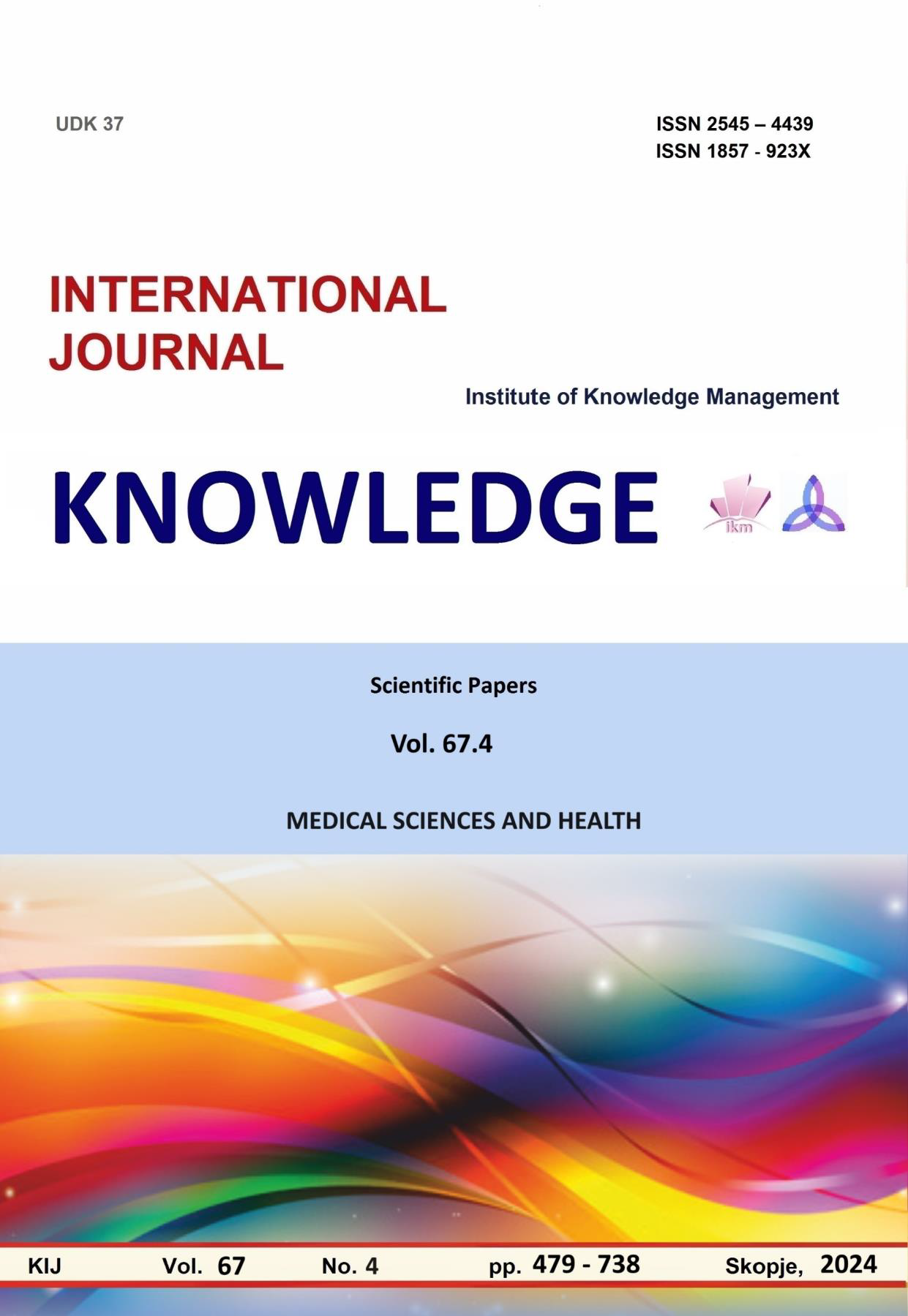КОМПЛЕКСНА ЛОГОПЕДИЧНА И КИНЕЗИТЕРАПЕВТИЧНА ДИАГНОСТИКА И ТЕРАПИЯ ПРИ ДЕТСКА ЦЕРЕБРАЛНА ПАРАЛИЗА
COMPLEX SPEECH AND KINESIOTHERAPY DIAGNOSTICS AND THERAPY IN CEREBRAL PALSY
Author(s): Miglena Simonska, Radostina Kostova, Yuliyan Zlatkov, Krasimira Zlatkova, Dimitаr KolevSubject(s): Social Sciences, Sociology, Health and medicine and law
Published by: Scientific Institute of Management and Knowledge
Keywords: pediatric cerebral palsycomplex therapy;comprehensive diagnosis;wLORETA Z;X-cogni
Summary/Abstract: Infantile cerebral palsy (ICP) is a condition characterized by non-progressive motor impairments (pareses, palsies, involuntary movements, coordination disorders, and changes in muscle tone) resulting from brain damage during the prenatal, birth, or postnatal periods. These impairments hinder motor activity and speech, significantly affecting the quality of life of children and their families. This paper aims to present a comprehensive therapeutic program for individuals with cerebral palsy, designed to enhance motor function, develop speech abilities, and improve learning and daily activities. The selected therapeutic methods have been validated as effective in numerous studies published in international databases. From a kinesiotherapeutic perspective, the following tools are utilized to assess motor deficits and fine motor skills in individuals with cerebral palsy: dynamometry, the Manual Ability Classification System (MACS), the Nine-Hole Peg Test, and ABILHAND-Kids-CP. For speech diagnosis, tools include the Newcastle Dysarthria Assessment Tool (N-DAT), spirometry for functional assessment of breathing, and PRAAT software for acoustic analysis of voice parameters such as loudness, pitch, and modulation. Additionally, the innovative wLORETA Z method is employed to analyze electroencephalographic (EEG) data, enabling precise localization and intensity mapping of brain activity in specific regions. Based on the outlined methodology and obtained results, a comprehensive therapeutic model for individuals with cerebral palsy will be developed. Diagnosis will be conducted in two stages: initially before therapy and subsequently after intensive, complex therapy to evaluate its effectiveness. From a speech therapy perspective, interventions will focus on developing speech breathing, phonation, and articulation through massage techniques, passive and active articulation exercises, firm voice attack training, and an integrated approach to enhancing speech activity and intelligibility. Fine motor skill therapy, often overlooked by parents until the child reaches school age, will also be addressed. The diagnostic toolkit will provide a complete (quantitative and qualitative, objective and subjective) assessment of fine motor skills in children with cerebral palsy. Therapeutic interventions targeting fine motor skills will incorporate the Interactive Computerized Cognitive Rehabilitation System (X-cogni), which features a touch-screen platform for rehabilitation exercises with diverse applications. These exercises aim to stimulate cognitive functions and improve upper limb motor abilities, including concentration, memory, precision movements, bilateral hand use, and training of various grip types.
Journal: Knowledge - International Journal
- Issue Year: 67/2024
- Issue No: 4
- Page Range: 651-656
- Page Count: 6
- Language: Bulgarian

